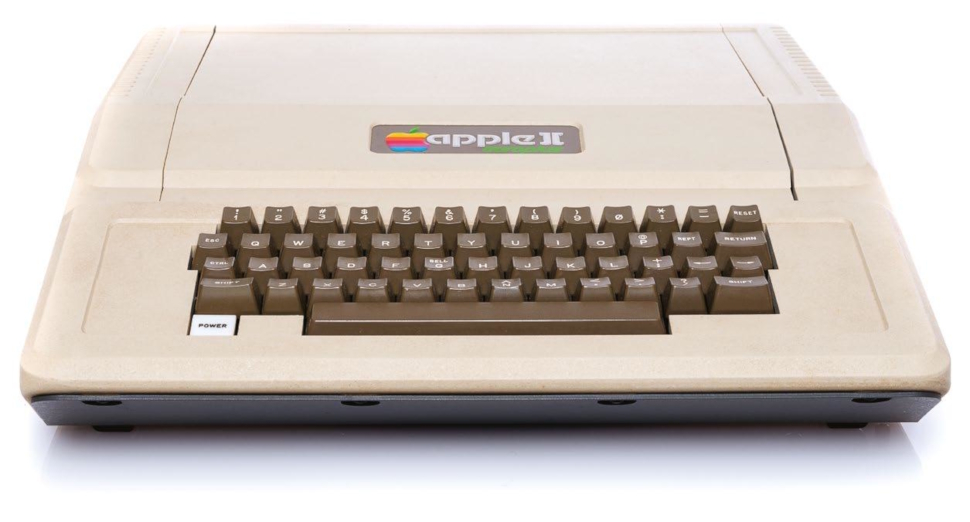A comprehensive history of the PC
A detailed look at the emergence and evolution of the personal computer
Assembling a crew
In August 1979, the heads of IBM met to discuss the growing threat of microcomputers, and its need to develop a personal computer in retaliation. They created a series of Independent Business Units, which were given a level of autonomy.
One of these would soon be led by executive Bill Lowe, who would become the father of the PC. In 1980, Lowe promised he could turn out a model within a year if he wasn’t constrained by IBM’s methods.
Lowe’s initial research led him to Atari, which was keen to work for IBM as an OEM builder, proposing a machine based on the Atari 800 line.
Lowe suggested IBM should acquire Atari, but it rejected the idea in favour of developing a new model instead.
This model was to be developed within the year, with Lowe given an independent team.
This new squad, the Dirty Dozen – a group of IBM misfits – was allowed to do things however they saw fit to get the job done. The task was code-named Project Chess, with Lowe promising a working prototype in 30 days.
Lowe went for an open architecture. While dealers were very interested in an IBM machine, it just wouldn’t work if they had to operate within IBM’s proprietary methods.
Are you a pro? Subscribe to our newsletter
Sign up to the TechRadar Pro newsletter to get all the top news, opinion, features and guidance your business needs to succeed!
If dealers were going to repair these machines, they needed to be made from standard off-the-shelf parts.
By August, Lowe had a very basic prototype and a business plan that broke away from established IBM practice.
Based on this new open architecture, the PC would use standard components and software, instead of IBM parts, and be sold via normal retail channels.
Over the coming months, the Dirty Dozen grew exponentially in number and toiled away to transform the prototype into a world-class machine.
They focused on giving the PC an excellent keyboard, which they delivered with the IBM Model F. It needed to be durable and reliable, so each key was rated to 100 million keystrokes.
IBM was renowned for quality keyboards, and would try to replicate the feel of older beamspring terminal keyboards with a new Buckling Spring technology. These gave the keyboards the famous clacky sound and weighted feel that was popular with typists, giving a tactile feedback unrivaled at the time.
The PC’s keyboard alone would become the main selling point for a lot of customers, and IBM keyboards would be the best in the business for the next two decades. Next, the crew turned to the CPU.
IBM’s own 801 RISC processor was considered (which would have been significantly more powerful), but for convenience and compatibility’s sake, the team chose the Intel 8088.
By choosing an 8088 processor over the superior 8086, technically the original IBM PC is only partly 16-bit. Both are internally 16-bit, but the difference is the 8088 had a cost-saving 8-bit bus.
The simplified 8088 cost less, could be produced in higher quantities and reduced motherboard complexity – while a lot of the hardware likely to be used in the PC also had an 8-bit bus, so an 8088 would be better for compatibility.
As for the motherboard, RAM would be expandable up to 256KB, an optional 8087 maths co-processor would be available, and there would be five ISA expansion slots.
Putting the machine together, launch models would have a choice of 16 or 64KB of RAM, space for two 5.25-inch floppy disk drives and a cassette jack for tape storage.
Buyers had a choice of monochrome or CGA graphics, and the Intel 8088 powering the system would be running at 4.77MHz.
Apple II: The Great Rival
Without the Apple II, it’s possible the PC would never have existed. Although a subject of debate, it’s generally agreed that the Apple II was a primary influence on the PC. Many IBM engineers owned one – as did many customers, who found that they could easily do jobs such as working on spreadsheets that were nearly impossible on a giant mainframe.

Sporting an 8-bit MOS 6502 processor, with between 4KB and 64KB of RAM, it debuted in June 1977 for a base price of $1,298. It had an incredible production run, selling from 1977 to 1993.
Developed by Steve Wozniak, the Apple II stands in stark contrast to products developed by Apple’s lesser Steve (Mr Jobs).
Chiefly, the Apple II is designed around an open architecture, with a removable lid allowing easy access to the motherboard and expansion slots. Much like the PC, the Apple II would be the subject of numerous clones over the years.
Even though the PC was newer, the Apple II retained advantages over the PC, such as having eight expansion slots over the PC’s five, and much more convenient gaming, with bundled joysticks and games that loaded in seconds.